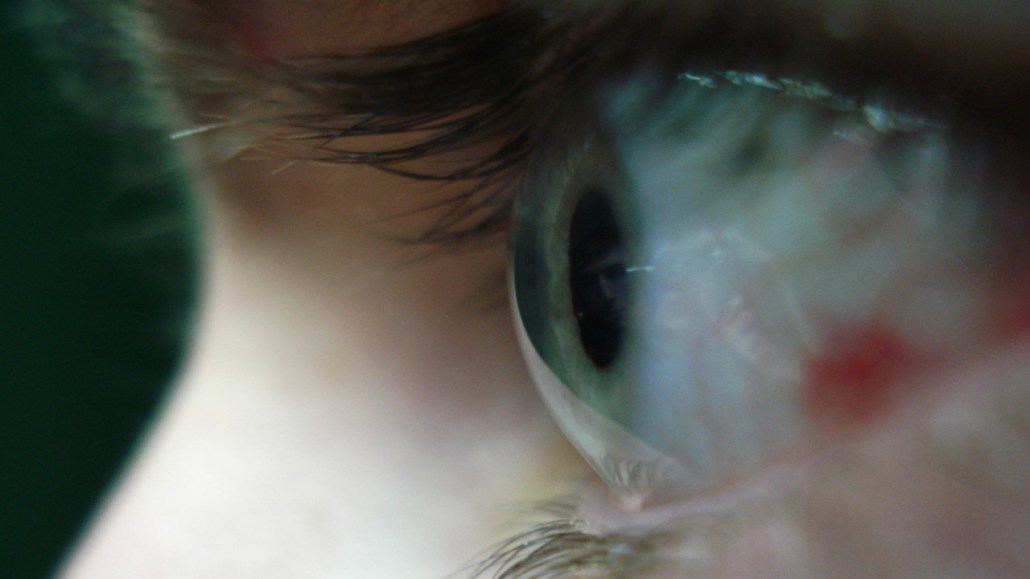
Steve Goldberg is a senior associate with Empirical Media, a consulting firm that provides marketing intelligence, media services and investment support for media and related technology companies. Find him on Twitter @stevegol.
Viewable impression issues continue to vex vendors, puzzle publishers and aggravate agencies. Here are the three top “myths” publishers hear and how to solve them.
Myth One: Viewable Levels Have Always Been “Priced In”
Agencies that have watched too much CNBC throw this term around with abandon. Publishers should remember that if this phenomenon had really been priced in, then everyone would not be so surprised about the incredibly low level of viewable impressions. Also, why would agencies want to use measurement vendors? After all, why pay for information you’ve already acted upon?
Seriously, if it had been priced in, then at least someone, somewhere should have a working percentage of this discount that has been applied all along. In over two years of work on this topic, no one – buyer or seller – can show me a pre-2010 email or document that refers to a “viewable level based” discount.
Solution: Sales Directors and CROs should take clients out for their favorite adult beverage. After they drink a few, explain the above.
Myth Two: It’s All About The Media Cost
If only. The wasted media spend is bad news, plagues our industry, lowers our value to marketers, and it always has (if you are about to disagree, see above). But especially daunting is the vendor/data costs and process expense associated with non-viewable impressions. Sorry data vendors, outsourced traffic shops, ad servers and DFA users, but the really bad news is that 30-50 percent of the transactions you handle – and often charge for – are not worth a thing. How many rich-media vendors charge “only $.03/CPM” for something that never gets seen? How much data overlay energy, results and analysis is related to something that never gets seen?
Solution: Ad Product Leaders need to focus less on viewable measurement and more on finding ways to simply not serve these ads. The solutions are out there in vendor-land. You just have to look.
Myth Three: If I only sell viewable impressions, I’ll make less money
Good news: you’re wrong. We know you’ve been asked to deliver 30 percent year-over-year growth, and that’s hard enough. This will just make it harder. But our good friend “Mr. Algebra” tells a much prettier story. First, go to sales force and look at your win rate (you should do this anyway). Are you winning more than 35 percent of the dollars you pitch? Not likely. For many, it is half that. If you are a vertical publisher and you subtract endemic advertisers, it could be under 12 percent. Differentiation, not the number of impressions, drives win-rate and revenue. Secondly, if you are like most pubs, many (or even most) of your impressions go into the channel (SSP, Aggregators, etc.), and generally you only get about 20 percent of your revenue from these (roughly 70-plus percent) of your impressions.
So let’s do some simple math. You use 70 percent of your impressions to make 20 percent of your money. If 35 percent of impressions are not viewable and you drop those (from channel), you lose 10 percent of revenue. But if you sell about 2.5 percent more of your impressions directly, you make all that money back. So if you can get that win rate from 35-40 percent (via differentiation), you get a 2x return.
See? This makes it easier, not harder.
Solution: CROs should work the numbers – take it to senior management and win on facts.
More in Media

Here are the biggest misconceptions about AI content scraping
An increase in bots scraping content from publishers’ sites represents a huge threat to their businesses. But scraping for AI training and scraping for real-time outputs present different challenges and opportunities.

How Future is using its own AI engine to turn deeper engagement into ad dollars
Future is betting on AI to boost recirculation – and make that stickier audience more appealing to advertisers.

Substack’s video bet could be a growth hack for small creators
Video is helping smaller creators on Substack grow their subscriber numbers faster — but larger creators aren’t experiencing the same boost.





